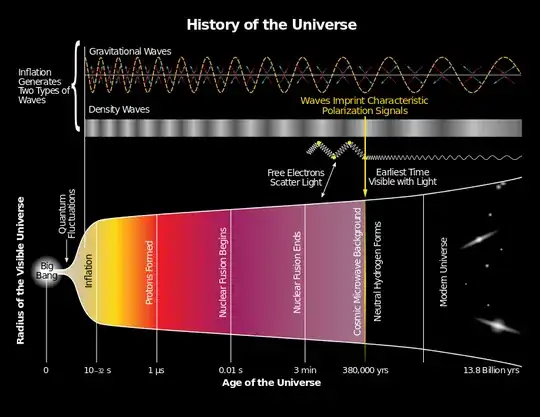For the sake of understanding mass and radiation interaction, I hope somebody could explain how this hypothetical situation would look. I want to exaggerate the amount of photons, assuming that there is some correlation between amount of photons in the void and how large objects interact.
Hypothetical sitation: A spiral galaxy is subjected to such high levels of cosmic background radiation, that the gravity from radiation throughout the volume of the galaxy was equal to gravity originating from the mass of that galaxy. I.e. here is a somewhat isotropic, dense distribution of photons in the galaxy.
How would that galaxy behave, when seen from earth? Would it spin faster, or slower? Would gravitation between planets and their star appear weaker/stronger?
Would it be stretched, compressed, redshifted, blueshifted if we were observing it from a region of space where background radiation were much lower?
PS: This is question is not about the time immediately after the big bang, although one can of course agree that this is the only time in history that cbr was near the levels I am talking about.
